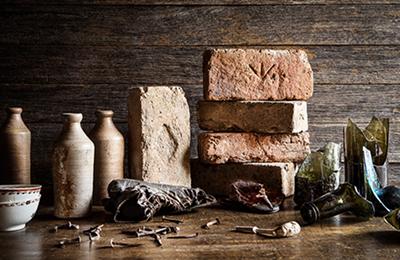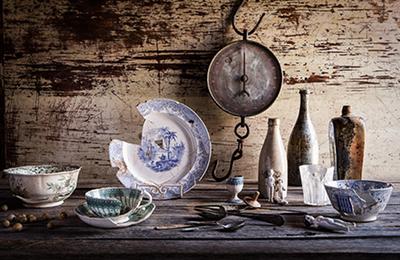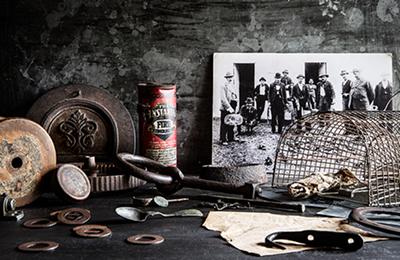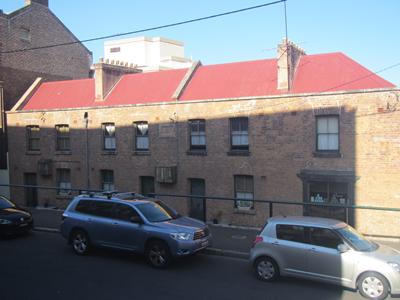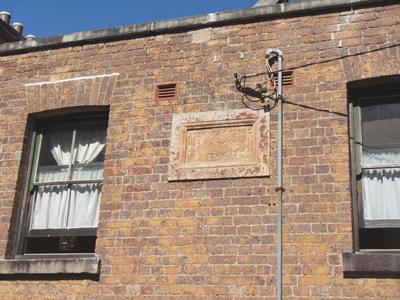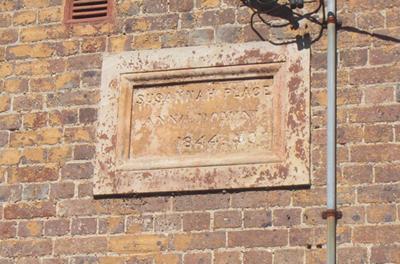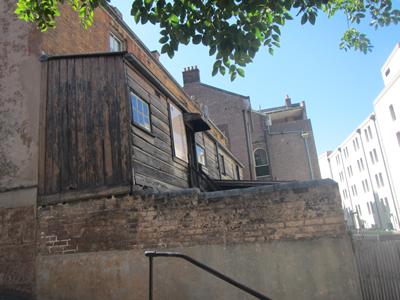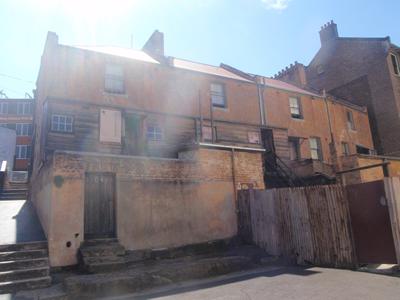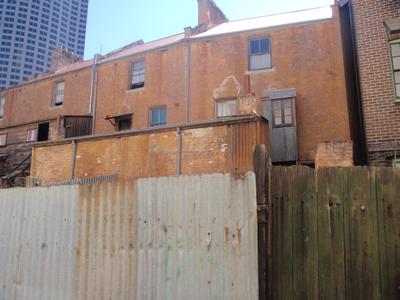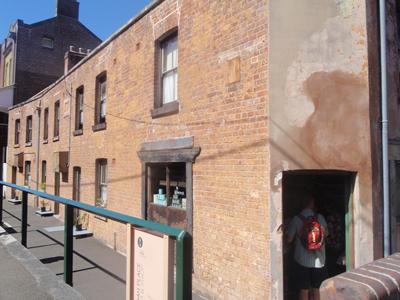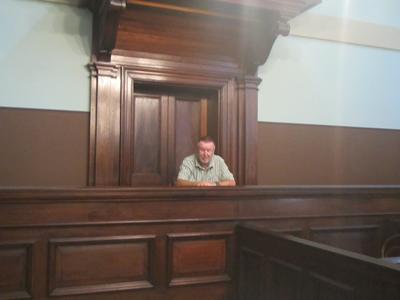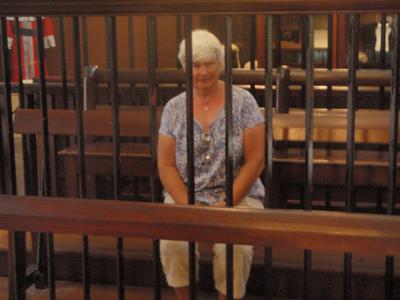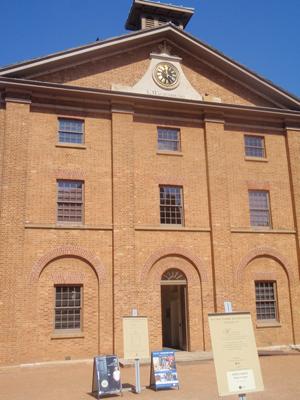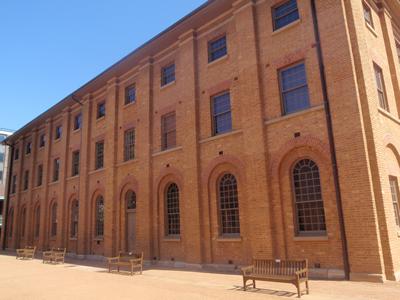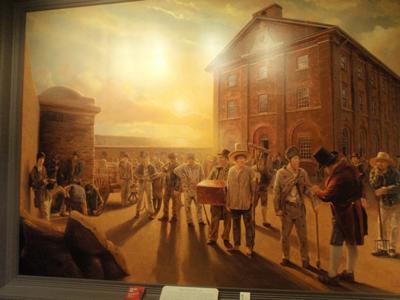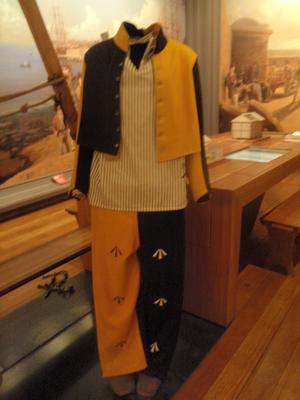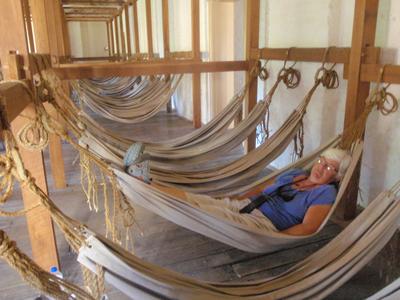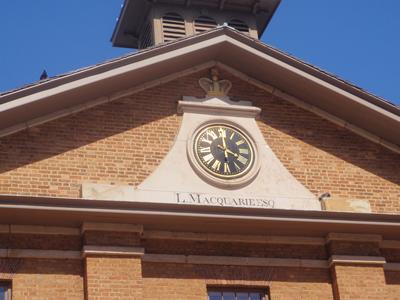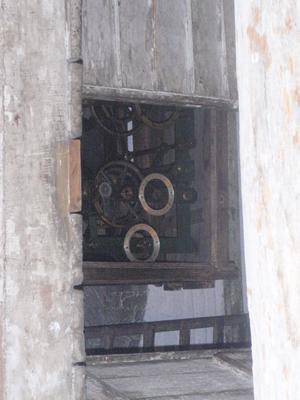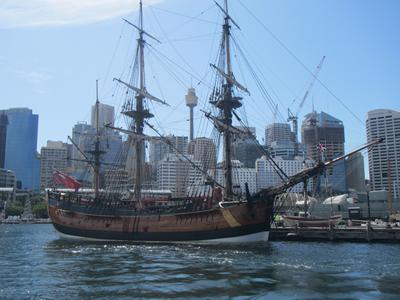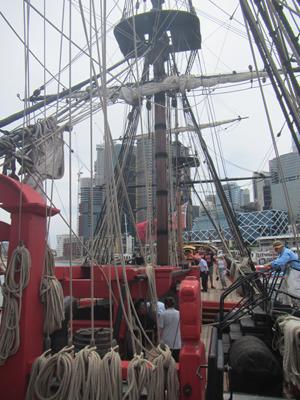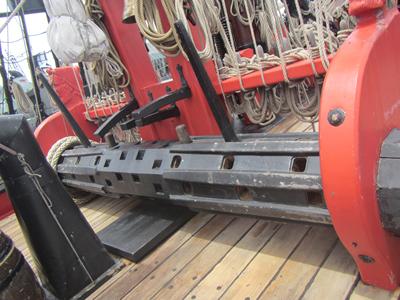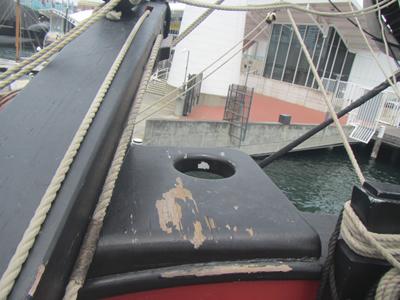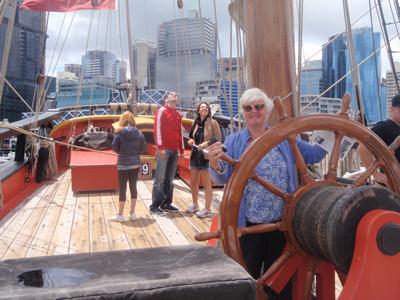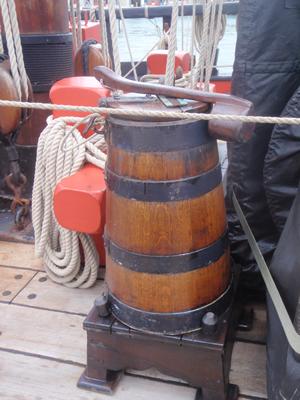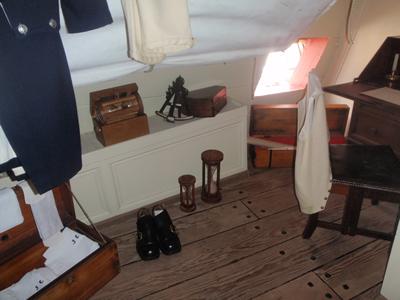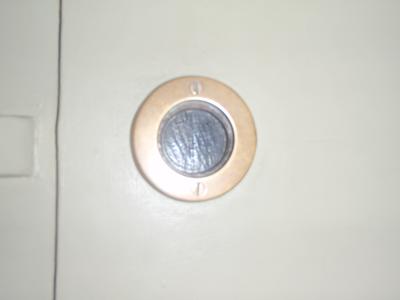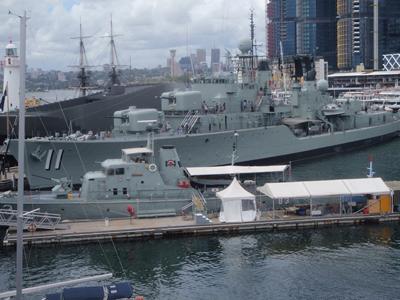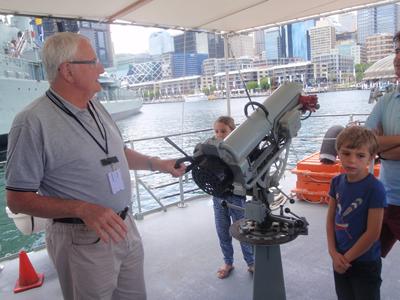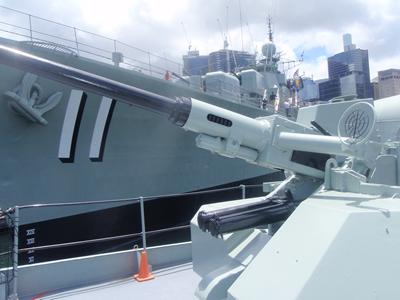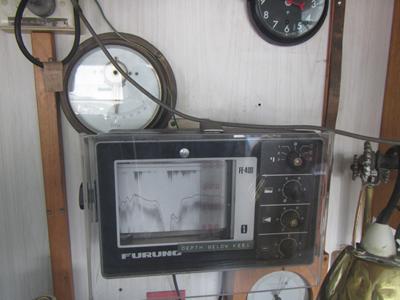Museum visits

|
Friday 18th December This week we visited five museums – Susannah Place,
Justice and Police, Hyde Park Barracks, The Rocks Discovery Museum and of
course the Australian Maritime Museum. We bought Museum Passes as the
four it allowed entry to all looked interesting. Some, such as the Australian
Maritime Museum, and the Rocks Discovery are free. We found them all very
interesting in their own ways, and learned a lot about the history of Australia
from them. A good
place to start seemed to be the Rocks Discovery Museum which is housed in a
National Trust restored 1850's sandstone warehouse in Kendall Lane in the heart
of The Rocks. The purpose of the museum is to tell the story of The Rocks from
pre-European days to the present. The museum traces the history of the
Aboriginal inhabitants who lived along the shores of Sydney Harbour prior to
the arrival of the First Fleet right through to the present day. Much of
the history is explained through the display of artefacts dug up during various
developments that have been carried out over the centuries in the area. (Photos
are from the museum website).
Pre
1788 – tools used by the Gadigal people. 1788-1820
– convict-made bricks, pipes and beer bottles.
1820-1900 1900
to present day. Our second museum visit was to Susannah Place Museum, which
is actually a terrace of four houses built by Irish immigrants in 1844 on one
of the sandstone ledges that gave The Rocks its name. These ‘two
up, two down’ tiny houses with cellars and outhouses in the backyards
managed to survive the slum clearance programmes, and remain today to tell the
stories of the people who lived there. The four houses were built and
owned by the Rileys, who lived in one and rented out the rest. It’s
not known how Edward Riley could afford to have them built, but there is some
speculation about earnings from an illegal still. The house on one end of
the terrace had a shop in its front room.
The terrace of four houses was named ‘Susannah
Place’ by owner and builder Edward Riley, after his daughter.
The name and date of building are recorded on the wall in
the middle of the terrace.
The back of some of the houses had wooden extensions,
added later.
These two had brick outhouses added. The
shop at the end of the terrace. Photography was not allowed inside the houses, but it was
just like stepping back in time in England. The Justice and Police Museum was originally the Water
Police Court and Station(1856/8), and the Police Court (1886), restored to
their 1890’s character. It also had a display of weapons, mugshots
of local bad guys (male and female), and a very interesting display of random
photographs from the Police files, many of which they had no record of why they
were taken. These gave a really good picture of everyday life in
Sydney over the years. Another exhibit showed the introduction and growth
of car use and the development of the road system, traffic control and policing
over the years. The first method of sealing the roads which had become
impassable mud baths at times, was by laying hardwood blocks that had been
dipped in tar. This worked well for horseshoes, buggies and cartwheels,
but soon wore out with increased use by cars and was replaced by tarmac.
Judge Steve presiding... “Not
guilty, yer ‘onour”.
Early radar speed trap. A
re-constructed wood block road surface on George Street. Hyde Park Barracks Museum, a UNESCO World Heritage Site, was
opened in 1819 and was the first convict barracks in the colony. An
estimated 50,000 convicts passed through its gates between 1819 and
1848. It then became an immigration depot, an asylum for destitute women
and eventually courts and government offices. During the convict period,
the inmates would go out each day in gangs to work at various sites around
Sydney, and by night they slept in dormitories lined with canvas
hammocks. It was designed to house 600 men, but there were times when as
many as 1400 lived there.
The front entrance to the barracks... ...and
the side and courtyard.
A painting inside the museum depicting the barracks in
convict days. Bright clothing to identify
persistent offenders.
Old signage to the “Master of Lunacy’s
Office”. Quite
comfy, but turning over would be tricky!
The oldest continuously-working
public clock in Australia. Its
internal workings – it needs regular winding. Our final visit was to the
Maritime Museum. This consists of a main building housing the
exhibitions, and a variety of vessels afloat in the harbour just
outside. We were pleased to find that HMB Endeavour, a replica of
Cook’s ship, was in port, and made that our first visit. HMS Endeavour, also known as HM Bark Endeavour, was a British
Royal Navy research vessel that Lieutenant James Cook commanded on his first
voyage of discovery, to Australia and New Zealand, from 1769 to 1771.
Replica HM Bark Endeavour. No
colours on these ropes to identify which is which!
The hand-turned windlass is enormous! The
“head” (toilet) sticks out over the front (or head) of the ship.
No autohelm at this wheel. Drinking
water or rum rations? Below decks it was necessary to bend almost double in some
parts of the ship. This was because the Endeavour was actually
built as a collier ship, and spent the first part of its life carrying huge
cargoes of coal. When it was converted for use on Cook’s first
voyage of discovery, an extra deck was added to accommodate the sixty or so
extra crew, resulting in limited headroom. People were shorter in those days,
but not that short! It must have been very uncomfortable living and
moving around down there.
The mess hall – normal headroom here. James
Cook’s cabin. In the Great Cabin aft, on the sternpost between the windows
is a brass ring which encircles the last wooden nail, or trunnel, hammered into
the ship. It was carried into space by NASA’s space shuttle Endeavour
on its maiden flight in 1992.
The wooden nail that went up in the sailing ship’s
namesake spaceship. We also took tours of HMAS Onslow, an Oberon class submarine
and HMAS Advance, an Attack class patrol boat, and Steve toured HMAS Vampire, a
Daring class destroyer, but by this time I was all shipped out and went for a
coffee at the cafe overlooking the harbour.
The patrol boat, still in commission, in front of the
destroyer. The
guide explains that this gun only fires flares.
This Bofors gun on the bow used to fire more than flares. A
1960’s depth sounder. The vessels done, we turned our attention to lunch, and then
to the exhibits in the main museum, the best of which was one dedicated to
Shackleton’s unsuccessful attempt to cross Antarctica. Frank
Hurley, the official photographer for the expedition, was from Sydney and much
of his work was on show. A very educational week! |

